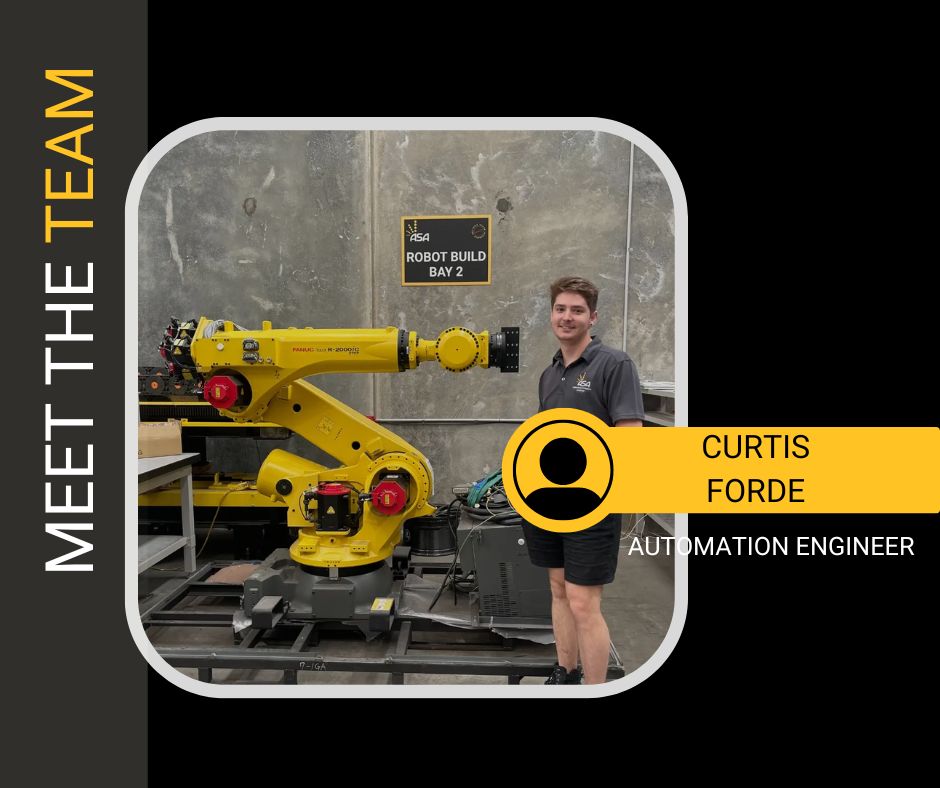In the heart of modern manufacturing, robotic arms are rewriting the rules of production, mixing safety, precision, and efficiency in ways previously impossible to imagine. Robots are amazing mechanical devices that have become indispensable in many industries around the world. They were invented to reduce operating costs and ensure high-quality standards. Robotic arms are being integrated into production lines to cut expenses and enhance security. We’ll investigate how these groundbreaking robots are changing the face of industry.

Image credit: automatedsolutions.com.au
Cost efficiency is the most important factor behind robotic arms’ global adoption. Factories face relentless pressure to limit production errors, reduce materials waste, and decrease the risk of workplace accidents. Robotic arms tackle these issues head-on. Robots help avoid costly mistakes, and reduce waste of raw materials, through performing repetitive tasks more precisely than human beings. In high-volume industries like automotive manufacturing, robots ensure the highest quality assembly by performing exact welding and part placement. This precision translates to significant savings, as fewer defective parts mean less work and less waste.
Safety is another important factor in the emergence of robotic arms. A variety of manufacturing tasks like handling hazardous materials or operating large machinery pose risks for human workers. Robots can help companies keep their employees away from risky environments and reduce accidents at work. Robotic arms, which are designed as a kinematic chain of moveable joints, is modeled after the function of a human arm, but is not at the risk of physical harm. Equipped with programmable hand effectors, these devices can complete tasks that can be dangerous for humans, like spinning or welding.
The versatility of robotic arms makes them a game-changer across diverse industries. From assembly for automobiles to electronic production, robots can adapt to a variety of tasks. They are programmable, which allows them to perform complex operations, such as tending to a machine paint, or fiberglass applications, with a remarkable quality and consistency. Robotic arms have transformed the palletizing process in warehouses by automating it with speed and precision. Automation not only increases efficiency but also increases reliability since robot arms can operate without a lot of fatigue.
Cobots are a brand new type of robots able to work in tandem with humans. Cobots with robotic arms unlike traditional industrial robots that are isolated in cells, are specifically designed to interact with human beings safely and smoothly. The robotic hand of a cobot can be used to perform the heavy lifting and repetitive tasks in factories, so that human workers are freed to take on more challenging duties. The collaboration improves productivity while ensuring a safe work area, since cobots are programmed to stop or adjust their movement if someone is in the vicinity.
The impact of robotic arms extends beyond safety and efficiency, to the fundamental structure of modern manufacturing. The ability of robotic arms to carry out tasks like welding, assembly, or handling of materials with precision has made them indispensable in high-stakes industries. For automotive production, for example robot arms are able to rotate and move parts during assembly to ensure that they are aligned perfectly without the need for human involvement. Similarly, in electronics, robots handle delicate components carefully, minimizing the risk of damage and enhancing output quality.
As the world of manufacturing continues to change with the advancement of technology, the need for robotic arms will continue to grow. As they can reduce costs, improve safety and adapt for different tasks, robotic arms are the core of the future of manufacturing. Combining cutting-edge technology with human ingenuity robot arms aren’t just tools they’re partners in technological advancement, driving innovation and transforming the way we create the world around us.
